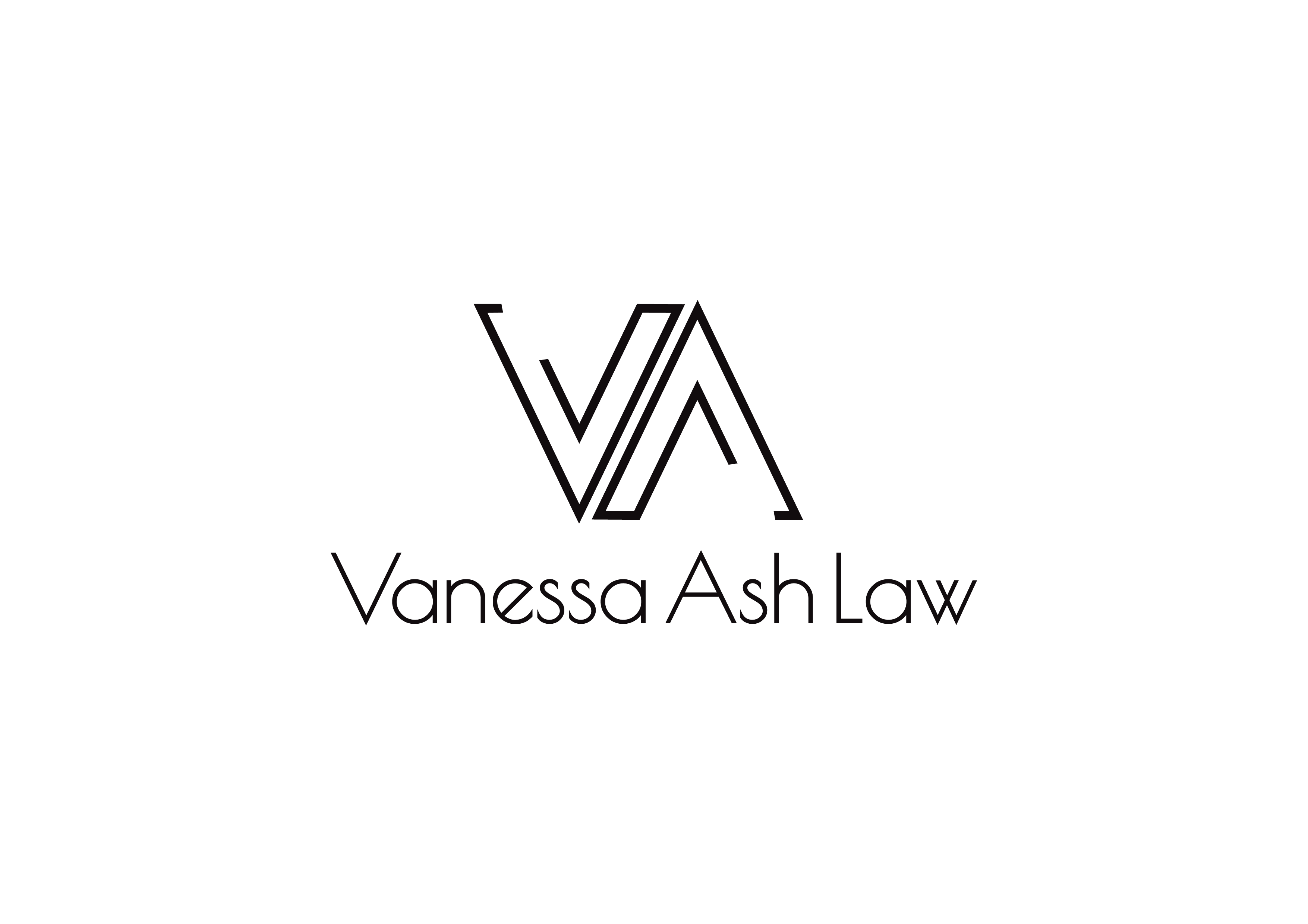There are two types of testamentary trusts: the discretionary trust and the capital protected trust. Learn why testamentary trusts are advantageous.
Discretionary testamentary trusts
This type of trust allows the beneficiary to use, invest, change around and take complete control of assets however they choose. The beneficiary is usually the trustee of their own trust, but a third party can be appointed in place or or as a joint trustee if necessary. This might include when the beneficiary is looking down the barrel of bankruptcy, there are marriage problems or there is limited capacity to manage ones own finances.
There are few or no restrictions in discretionary testamentary trusts on how the assets are managed. The trustee has total control and maximum flexibility for tax purposes, and the trust protects your beneficiary from third parties, say in the instance of a family breakdown or bankruptcy.
Capital protected trusts (protected by your will)
This trust preserves your assets for the benefit of beneficiaries, and potentially for future generations, and are mostly used when there is a concern about the ability of the beneficiary to manage the money and assets.
It is very easy for people to spend money they get given and haven’t earned, and many parents want to provide for many generations with their money, not just the ones that exist currently. These types of trusts provide that sort of capabilities, with the ability to predetermine where the money goes to a certain degree. The terms may allow the beneficiary to have a regular income and to access a limited portion in any year, for example, 10 per cent per year. A third party can be appointed as trustee or co-trustee, where consent is required for dispensing money or assets.
Executors are usually appointed trustee of protected trusts. If you are using a capital protected trust for a future generation and your initial beneficiary is trusted, they can become the trustee, rather than a third party.
The benefits of a testamentary trust
The trust structure allocates your estate efficiently, often-times leaving beneficiaries able to receive pensions (aged, disability, sole parent, Austudy) that they may not have qualified for with a normal inheritance. This allows greater cash retention of your loved ones. It can also protect your beneficiaries from the claws of creditors.
Other pluses of a testamentary trust include benefits in regards to tax, capital gains tax, family law, incapacity, and superannuation and insurance proceeds. They protect and allocate.
A testamentary trust can be better than a will.
The testamentary trust can be incorporated into a will, though this is not necessary for every situation. This inclusion offers many advantages over a straight will.
How do I organise a testamentary trust?
We will work with you to figure out the best strategy, and set it in stone. This ensures your beneficiaries get the most out of your estate, with key issues such as tax and unscrupulous people taken into account.
How is a testamentary trust set up?
A testamentary trust can be a discretionary trust, capital-protected trust or another tailor-made trust set up by deed while you are still living.
How does a testamentary trust work?
Just one beneficiary
The trustee of a testamentary trust can be your partner or kids, depending on your situation. You can let the recipient decide what to do with the assets, but still be protected by the trust or you can set it up so that restrictions are in place by using a third party as trustee (retaining discretionary trust), add a third party as a joint trustee (retaining discretionary trust), or restrict access to the money in the trust by only allowing access to income or a percentage of money as you wish (a capital protected trust).
This might apply if you want to drip-feed an unreliable child funds, pay for university, provide a spouse a regular income, or provide care for a disabled person. Some of these reasons qualify for special tax treatment, so ask us what your options are.
All your assets go directly through the estate, controlled by the executor, and into a testamentary trust, which then, under the control of the trustee, feeds it out to your beneficiaries. The trustee essentially owns the estate.
Multiple beneficiaries
If you have a trust set up for more than one person, say three children, each of the children is a trustee of a testamentary trust. Each child can outright own the gift, but will still be protected by the trust. Restrictions can be implemented if desired by using a third party as trustee (retaining discretionary trust), add a third party as a joint trustee/s (retaining discretionary trust), or restrict access to the money in the trust by only allowing access to income or a percentage of money as you wish (a capital protected trust).
This might apply if you want to manage arguments, force an unreliable child to moderate funds, pay for university or schooling, provide a regular income, or provide ongoing care for a sick or disabled person. Some of these reasons qualify for special tax treatment, so ask lawyer Vanessa Ash what your options are.
Need help with your testamentary trusts and estate planning? Contact Vanessa Ash.
